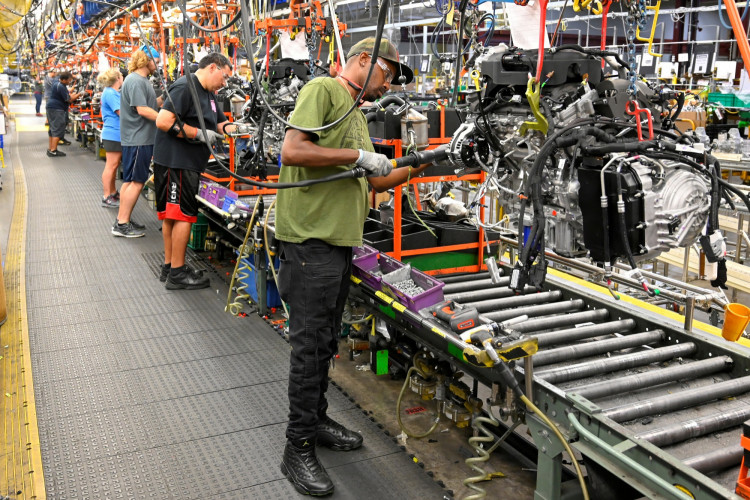Factory activity in the United States surprisingly rebounded in January, effectively ending a five-month contraction streak. New data published this week revealed that a surge in new orders has managed to send factory activity into expansion levels once again, pointing to the possibility that the slump may have finally bottomed out.
News of the expansion was a welcomed relief from the months of continued contraction, which was at its lowest point in December. The Institute for Supply Management (ISM) reported national factory activity at 47.2 for the month of December, a big drop from the 48.1 recorded in November.
On Monday, the ISM reported that the national factory activity in January increased to 50.9, the highest level recorded since July last year. Analysts have stated that the surge last month was likely a direct reaction to the recent de-escalation in the trade tensions between China and the United States.
A reading of above 50 indicates expansion, while a reading below 50 indicates a contraction. The ISM index has remained well below the 50-mark for five straight months, with most analysts forecasting that the index may go as high as 48.5 in January. For this reason, most were surprised when the ISM reported a reading of above 50.
The manufacturing sector accounts for about 11 percent of the US economy. Conservative analysts have warned that the country's economy may not be out of the woods just yet even if factory activity has finally expanded. Factors such as the continued grounding of Boeing's 737 Max planes and the ongoing coronavirus outbreak in China could further disrupt supply chains and decrease demand.
Wells Fargo Securities senior economist, Tim Quinlan, pointed out that while the de-escalation in the trade dispute between China and the United States had certainly helped, other factors still remain unpredictable. Quinlan specifically noted that the potential effects of the viral outbreak in China on supply chains still remains uncertain.
The ISM noted in its survey report that respondents have become positive for the first time in several months. The optimism apparently stemmed from the surge in January's new orders sub-index, which increased to a reading of 52.0. This was the highest reading for the particular sub-index since May. Other sub-indexes such as the measure of export and import orders also surged in January, reaching levels not seen in months.
The ISM's factory employment index also improved slightly for January, rising from a reading of 45.2 in December to a reading of 46.6 in January. The index is unfortunately still in contraction, suggesting that payrolls still remained weak.






